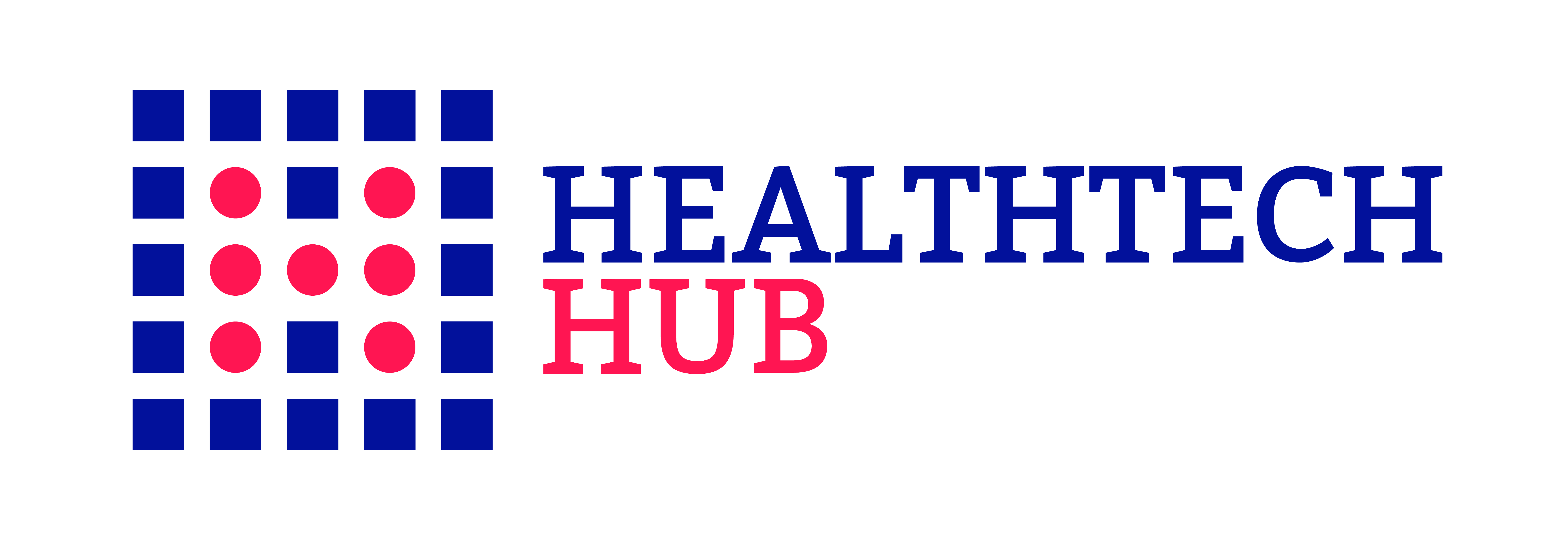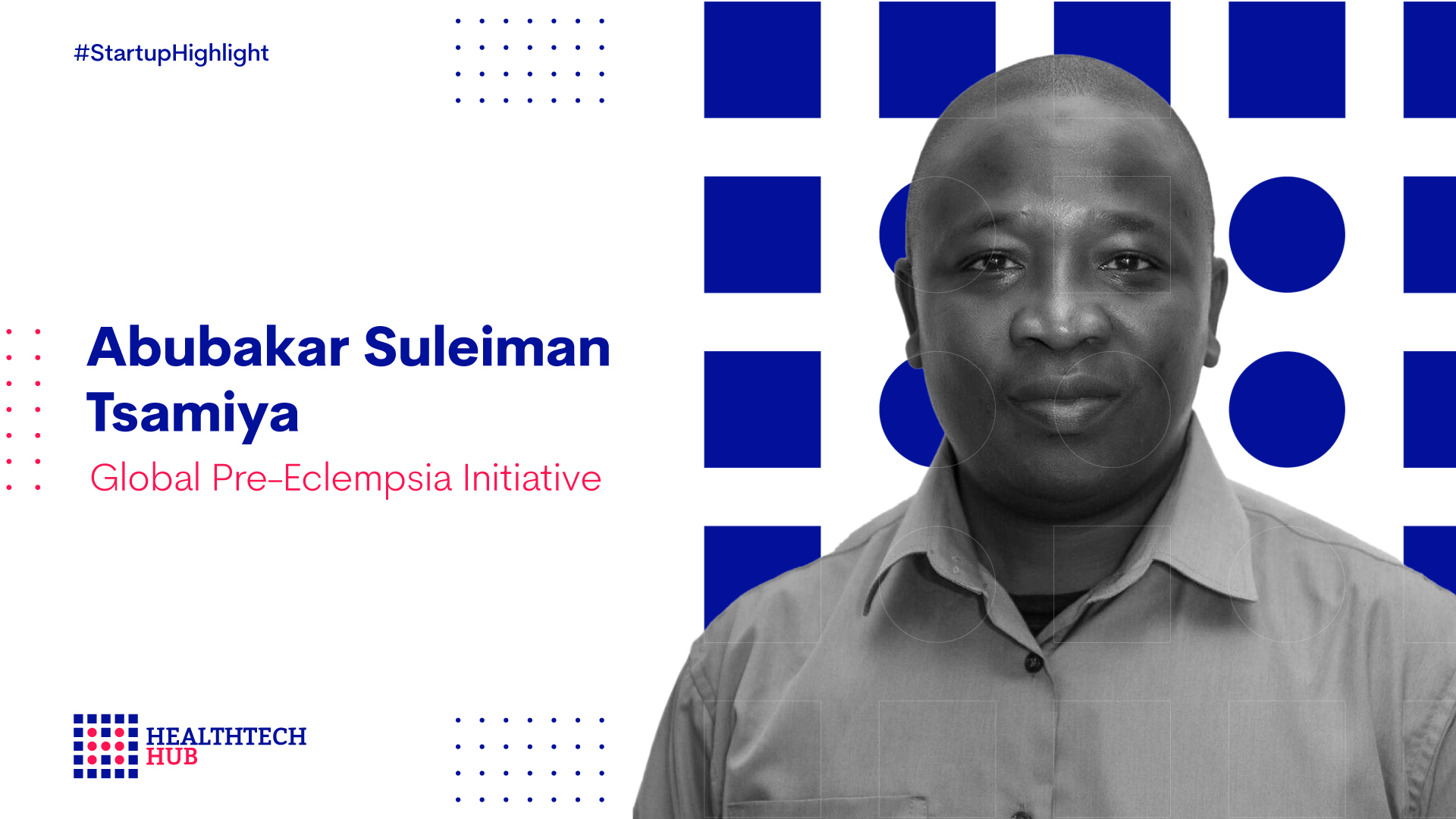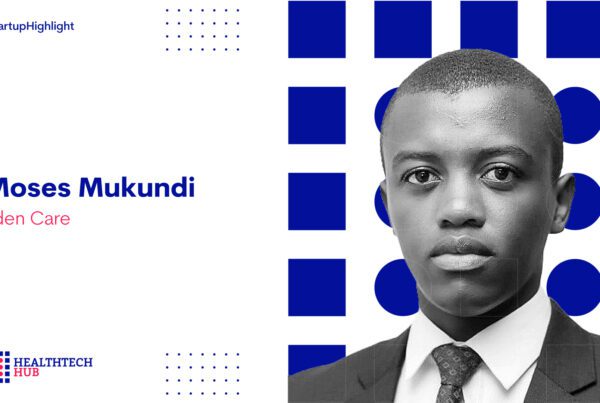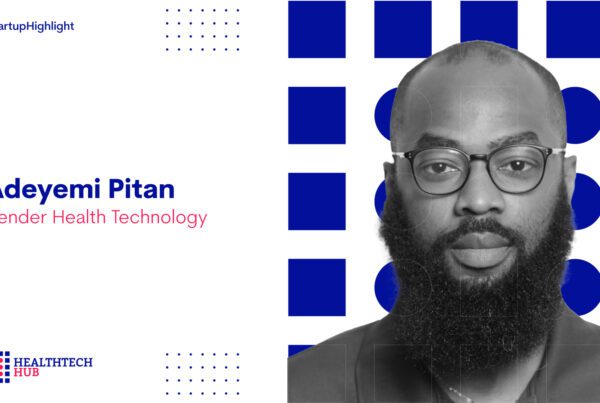Global Pre-eclampsia Initiative, CEO & Founder Abubakar Suleiman Tsamiya expound more on this health-tech startup’s impact in Uganda.
Mr Abubakar Suleiman Tsamiya, please introduce yourself to our audience and tell us more about who you are.
My name is Abubakar Suleiman Tsamiya. I’m the founder of the Global Pre-eclampsia Initiative, a non-profit organization that champions the prevention and modern treatment of hypertensive disorders in pregnancy. We are a registered organization based in Uganda, and we are currently in Kigali under the HealthTech Hub program.
Global Pre-eclampsia Initiative is an organization you founded a couple of years ago. Please tell us about GPI, its genesis & why you chose to tackle high blood pressure in pregnant women.
Yes, it dates back to 2016 when I was in medical school. I came across a patient who had been mismanaged and developed pre-eclampsia. The fact that the patient had been poorly managed though she survived, is good news, but I felt that we did not manage her properly because we were supposed to be monitoring her blood pressure after every hour.
But unfortunately, we didn’t have the workforce to do that, and her records needed to be kept accurately. So that’s what inspired me to think about coming up with a solution that could help manage pre-eclampsia effectively in low-resource settings where you have fewer health workers to take care of the patient.
I invented a tool called Petograph, an abbreviation or acronym of pre-eclampsia toxemia graph. That graph, what it does is that all the records of the blood pressure monitoring of the patient are converted into a chart form. So, the busy scheduled health worker will be able to visualize this patient’s progress at a glance over 24 hours, whether the patient is recovering or getting worse. That is the first step.
After taking that step, we founded the Global Pre-eclampsia Initiative using the same pictograph tool to advance our champion activities of reducing maternal death due to high blood pressure. We launched Global Pre-eclampsia Initiative, officially registered on the 28th of April 2017. Ever since, we’ve been in different activities, programs, and projects to ensure that we deliver that message of preventing pre-eclampsia effectively.
Pre-eclampsia is a major maternal health issue worldwide that is responsible for maternal and neonatal severe morbidity and mortality and has substantial contributions to prematurity of the fetus and long-term cardiovascular disease (CVD) in the mother. What solutions is your organization proposing to tackle this silent killer?
Pre-eclampsia. We call it a disease of theories because, up to date, you cannot pin down precisely what is responsible for pre-eclampsia. We based on theories that say placenta, as long as the woman is pregnant with the baby in her womb and has developed pre-eclampsia. You have to terminate that pregnancy, irrespective of age, to save the mother. And then there are also the theories of inheritance because the mother had pre-eclampsia, so the baby will most likely develop pre-eclampsia.
It is a disease you can not pinpoint precisely and say these are the symptoms of pre-eclampsia. So, it becomes difficult for the mother, the pregnant woman, to suspect that she has pre-eclampsia. Therefore, early detection is one of the options to mitigate this severe complication of pre-eclampsia. Once you detect pre-eclampsia early, you’ll be able to mitigate the severe complications and possible death of this baby.
Secondly, timely referral. Once you detect this, you should also promptly refer this mother to the appropriate management facility.
The third component is effective management. After getting the facility, you must ensure this woman is effectively managed. In terms of medication and monitoring of hours or at least two hourly monitors, and lastly, effective monitoring follow-up.
After recovering from pre-eclampsia, you must follow up for at least three months because about 30% of them come up with chronic high blood pressure. So, we have to follow them up. So, once we have these four things, the first one is early detection, timely referral, effective management, and efficient follow-up.
Our innovation addresses all four components at different levels. The first component of early detection we have our app, which is the Petograph application. It’s a mobile app that detects pre-eclampsia when you put the pregnant woman’s blood pressure and other parameters and prompt a message for early referral. Then, you can share that information with healthcare providers or anyone who could assist.
With that, we are enhancing the timely referral. When getting to the hospital, we notify the hospital and have a hospital desktop application that would help ensure you manage the patient effectively. We use the same application, the mobile app, to ensure that we follow these mother’s after successful treatment s or successful management of pre-eclampsia. So, our innovation addresses all four levels, and so far, these are the best approaches to mitigate any complication of pre-eclampsia because it comes abruptly. It has no definitive cure apart from delivery. The baby and it leads to over 500000 babies lost as a result of abortion or stillbirth as a result of pre-eclampsia globally. Thank you.
It has been almost a year since the Norrsken & Novartis HealthTech Hub launched. What has this experience been like for you so far?
It has been an exciting and amazing experience because, for the past years that we founded the Global Pre-eclampsia Initiative, we never had an opportunity to organize our thoughts, organize our innovation, and present it more appropriately.
We came to the HealthTech hub program and got a focus and vision. We are grateful for that, and finally, it’s shown that we’ve learned so much in reshaping and refocusing the organization’s activities. Because recently we won an award from the UNFPA grant challenge among the best ten companies in the world out of 65 countries that applied.
Global Pre-eclampsia from Uganda is one of the ten companies that succeeded in developing an innovation that could help the girl child. It shows that the Healthtech hub’s project has yielded results.
The incidence of hypertensive disorders of pregnancy increased from 16.30 million to 18.08 million globally, with a total increase of 10.92 % from 1990 to 2019. However, the age-standardized incidence rate decreased, with an estimated annual percent change of -0.68 (95 % confidence interval [CI] -0.49 to -0.86). The number of deaths due to hypertensive disorders of pregnancy was approximately 27.83 thousand in 2019, representing a 30.05 % decrease from 1990. In your professional opinion, what do you think are some of the causes of hypertension or high blood pressure in pregnant women?
Yeah, as I said. One is the disease of theory, meaning that it’s not the definitive cause of this disease.
So, for example, when we say Malaria, we know that it is caused by the Plasmodium parasite or the mosquito, which is definitive. Mosquitoes cause Malaria, so if you prevent mosquito bites, you prevent Malaria.
However, in terms of pre-eclampsia, because it’s a disease, a condition that is related to pregnancy only, that is not the definitive cause of that disease.
But there are associative risk factors, including a family history of high blood pressure.
Two, if she had a previous history of pre-eclampsia herself, maybe first or second pregnancy, the subsequent pregnancies, the chances are higher that she will have another episode of pre-eclampsia.
Another thing is race. The black race tends to have higher preponderance and higher exposure to developing pre-eclampsia irrespective of where they are, whether in Africa, Europe, or Asia.
You have higher chances as long as you’re from the black race.
Another factor is low social-economic status; it’s found that more than 90% of the cases of pre-eclampsia occur in these vulnerable individuals, so poverty is also associated with it.
Finally, we have delays in becoming pregnant after a certain age, For example, after 35 years of age, when you have that first baby.
So you have a high chance. If you already have a condition of high blood pressure, you also have a high chance of getting pre-eclampsia. So, when you put all these things together, it has a ratio dimension, a social-economic dimension, medical, genetics, and so on. So, these are the factors that predispose individuals to pre-eclampsia. Yes.
What do you plan to achieve as an organization in the next 2-3 years? What does the future of your organization look like?
We have tried to transform healthcare through self-care. We ensure that the woman, the pregnant mother, takes control of her health by empowering her, and how do we empower them?
We are currently empowering them through our mobile application and blood pressure monitoring devices which could be used at home or work to monitor their blood pressure by themselves. In case of anything, it alerts them, and they get treatment on time.
So, the overall vision is to ensure that we transform healthcare through self[1]care. First, to ensure that every person takes care of their health condition to avert this condition of pre-eclampsia. Secondly, in the next couple of years, we see ourselves developing a complete system that addresses the whole approach to maternal death.
To maternal, morbidity and mortality disease and death by addressing other conditions like bleeding, infection, and ignorance. So, we are looking forward to encompassing all these
components. So that we holistically address the issue of maternal mortality and morbidity, but we are starting with high blood pressure.
We look at it holistically as we move, considering others as well. And thanks to the opportunity given to us by the HealthTech Hub that transformed our innovation, our organization, and us as individuals. Thank you so much for this wonderful interview.
We have come to the end of our interview today. Any last remarks for our audience? Yes, thank you so much for the opportunity.
My last remark is that, for every organization, it’s essential to be disciplined, determined and focused. We’ve been on this journey from 2016 to date and never gave up. We will continue struggling, and bigger opportunities are coming. So, it’s about discipline. It’s about determination, hard work, and resilience.





